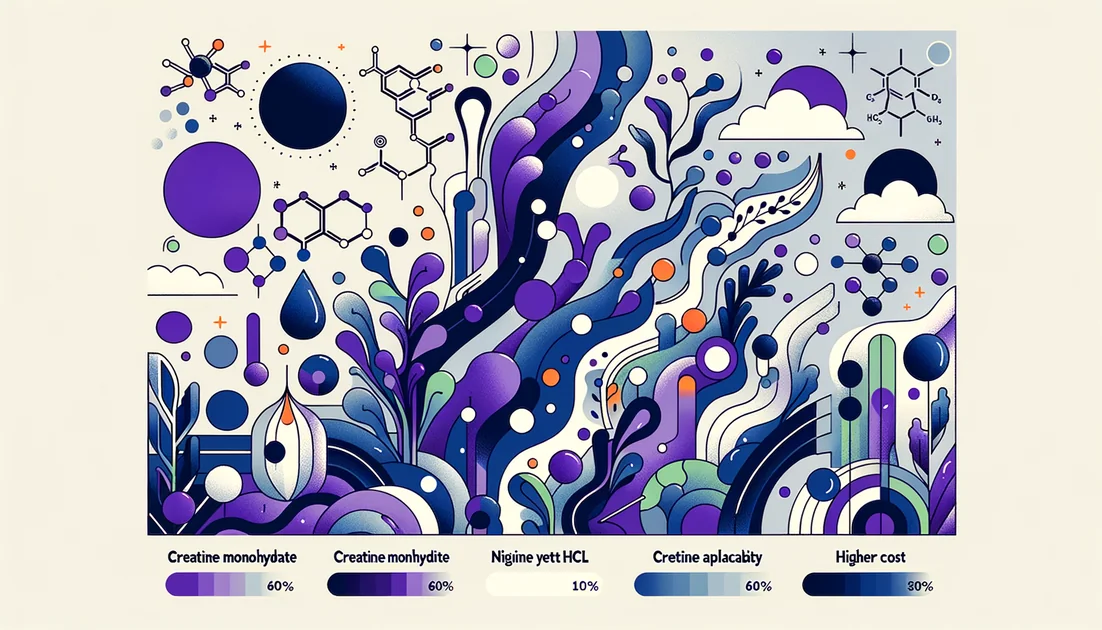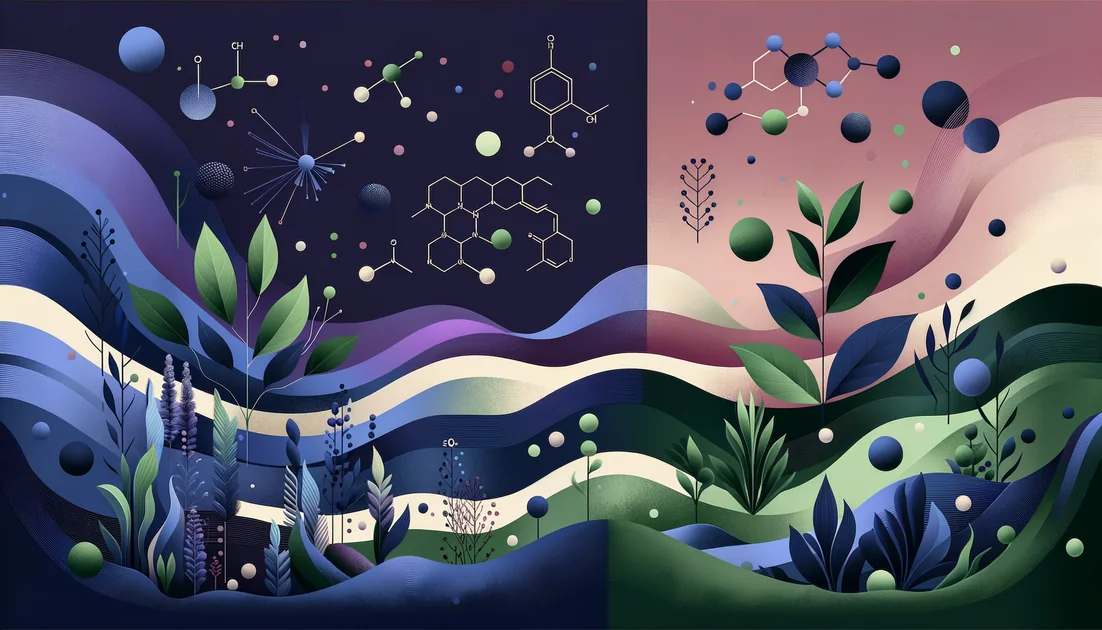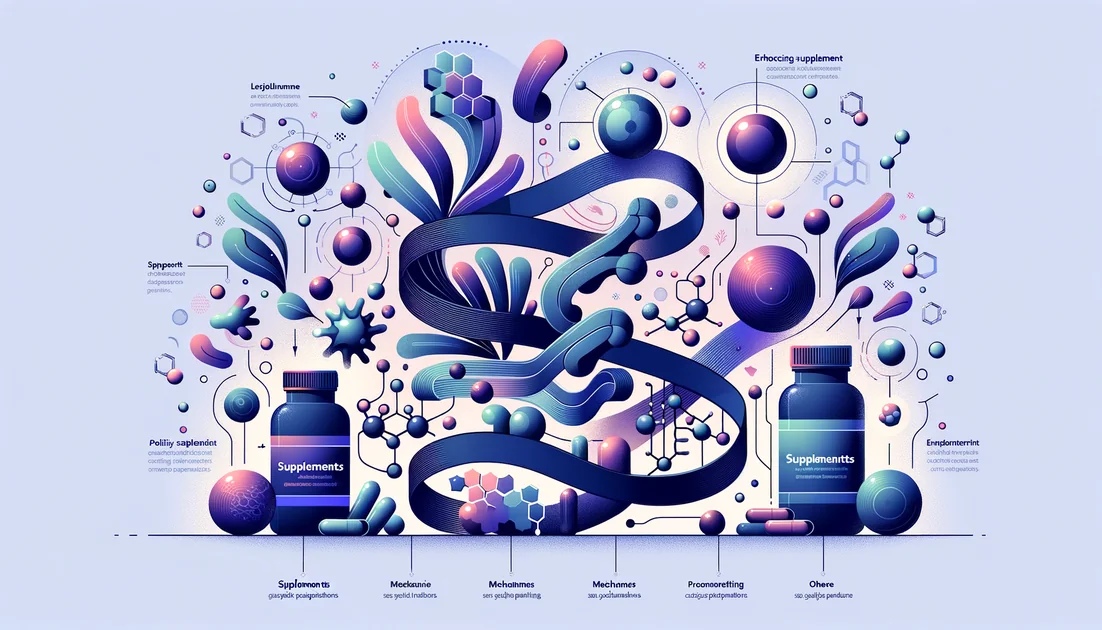
Creatine Monohydrate vs Creatine HCL
For most people, choose Creatine Monohydrate for proven results, simple dosing, and best value. Consider Creatine HCL only if you consistently get GI upset from CM and are willing to pay more; it hasn't shown better outcomes in trials. [1][2][4][5]
Creatine Monohydrate remains the gold-standard: it reliably increases muscle creatine and improves strength/power with excellent safety and the lowest cost per effective dose. Creatine HCL dissolves far better in water, but head-to-head human studies show no performance advantage—and label-level "micro-dose" claims lack robust confirmation. HCL can be a niche pick for those prioritizing mixability or who experience GI issues at higher CM boluses, but for common needs CM is the default. [1][2][4][5][6]
The Comparison
Standardization: Commonly sold as pure CM; Creapure is a well-known quality-controlled CM
Dosage: Loading: 20 g/day split (5–7 days) then 3–5 g/day; or 3–5 g/day without loading (slower saturation) [^1][^2]
Benefits
- •Most evidence for strength, power, lean mass
- •Lowest cost per effective dose
- •Widely available; simple dosing
Drawbacks
- •Short-term water weight (1–2 kg) after loading
- •Occasional GI upset at high single doses
Safety:Extensively studied; generally safe in healthy adults short- and long-term when used as directed [2][3].
Head-to-Head Analysis
Efficacy for strength, power, and lean mass Critical
Winner:Creatine Monohydrate (CM)• Importance: high
Onset/time-to-effect
Winner:Tie• Importance: medium
Side effects/tolerability
Winner:Tie• Importance: medium
Bioavailability/solubility
Winner:Creatine Hydrochloride (Cr-HCl)• Importance: medium
Standardization/consistency & guidance
Winner:Creatine Monohydrate (CM)• Importance: medium
Cost/value per effective dose Critical
Winner:Creatine Monohydrate (CM)• Importance: high
Real-world adoption & availability
Winner:Creatine Monohydrate (CM)• Importance: low
Common Questions
Do I need a loading phase?
No. Loading saturates faster (5–7 days), but 3–5 g/day without loading reaches saturation in ~3–4 weeks with similar long-term results. [1]
Does HCL require a smaller dose?
Labels often suggest 1–2 g/day, but head-to-head trials used similar gram doses and found no advantage for HCL. [4][5]
Will creatine harm my kidneys?
In healthy people using recommended doses, clinical data do not show kidney harm; avoid if you have kidney disease unless your clinician approves. [2][3]
Which mixes better?
HCL—its water solubility is ≈30–38× higher than monohydrate, so it dissolves more easily. [6][7]
Can creatine help beyond muscle?
Potential benefits for cognition and clinical conditions are being studied, but protocols are less defined than for performance. [2]
Which Should You Choose?
General training: maximize strength/lean mass on a budget
Choose:Creatine Monohydrate (CM)
History of GI upset with large single doses or during loading
Choose: Either option
Convenience/mixability in small fluid volumes
Evidence-based micro-dosing (≤2 g/day) without loading
Choose:Creatine Monohydrate (CM)
You might also like
Explore more of our evidence-led investigations, comparisons, and guides across every article style.

Bluebonnet Nutrition (supplements)
The Paradox of Bluebonnet Nutrition: Certification Powerhouse, Modest Innovation, Limited Public COAs

Current (Actual) Body Weight method vs Goal/Ideal/Adjusted Body Weight method
For most healthy, non-obese and athletic readers, calculate protein from current body weight. If you have overweight/obesity or are dosing clinically, use goal/ideal/adjusted body weight to avoid overestimating needs. [1][2][6]


Aloe Vera
A single green spear sits on your kitchen counter—cooling gel inside, cautionary stories outside. How did one leaf become both a sunburn staple and the subject of cancer warnings?


Tocotrienols
The stealthier cousins of vitamin E—built with springy tails that move differently in cell membranes and behave differently in your body.




